Cooking cauldron
Board of Ordnance, 1846
The watery stew eaten by convicts at the Hyde Park Barracks was boiled in giant communal cast-iron pots like this one, into which the cooks threw the meat rations and any available vegetables, such as cabbage, potato, onions or turnips. This pot, which can hold a few hundred litres of soup or stew, is marked with the year 1845, the broad arrow, and ‘B.O.’ for Board of Ordnance, the government department that issued all supplies to the convict establishments.
Barracks men were allocated to ‘mess’ groups of six, who ate together. One man from each mess organised the ration. Depending on how many men were in the Barracks at any time, there were between 100 and 250 mess groups. Observers known as ‘delegates’ were stationed in the kitchen to make sure convict cooks allocated the rations fairly. Although it was against the rules, convicts often bartered their rationed food for other things they wanted.
More artefacts
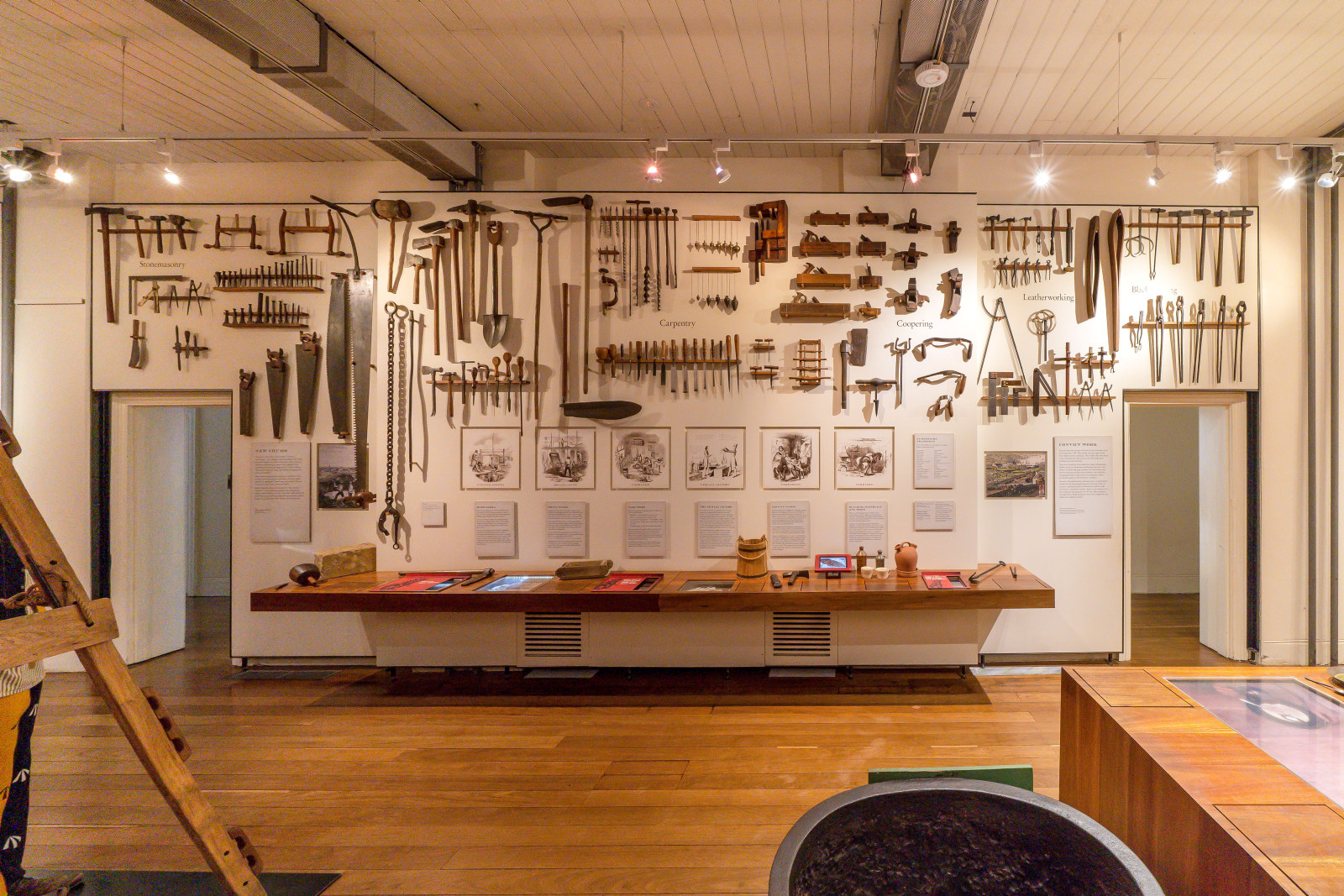
Convict Sydney
Objects
These convict-era objects and archaeological artefacts found at the Hyde Park Barracks and The Mint (Rum Hospital) are among the rarest and most personal artefacts to have survived from Australia’s early convict period
Related
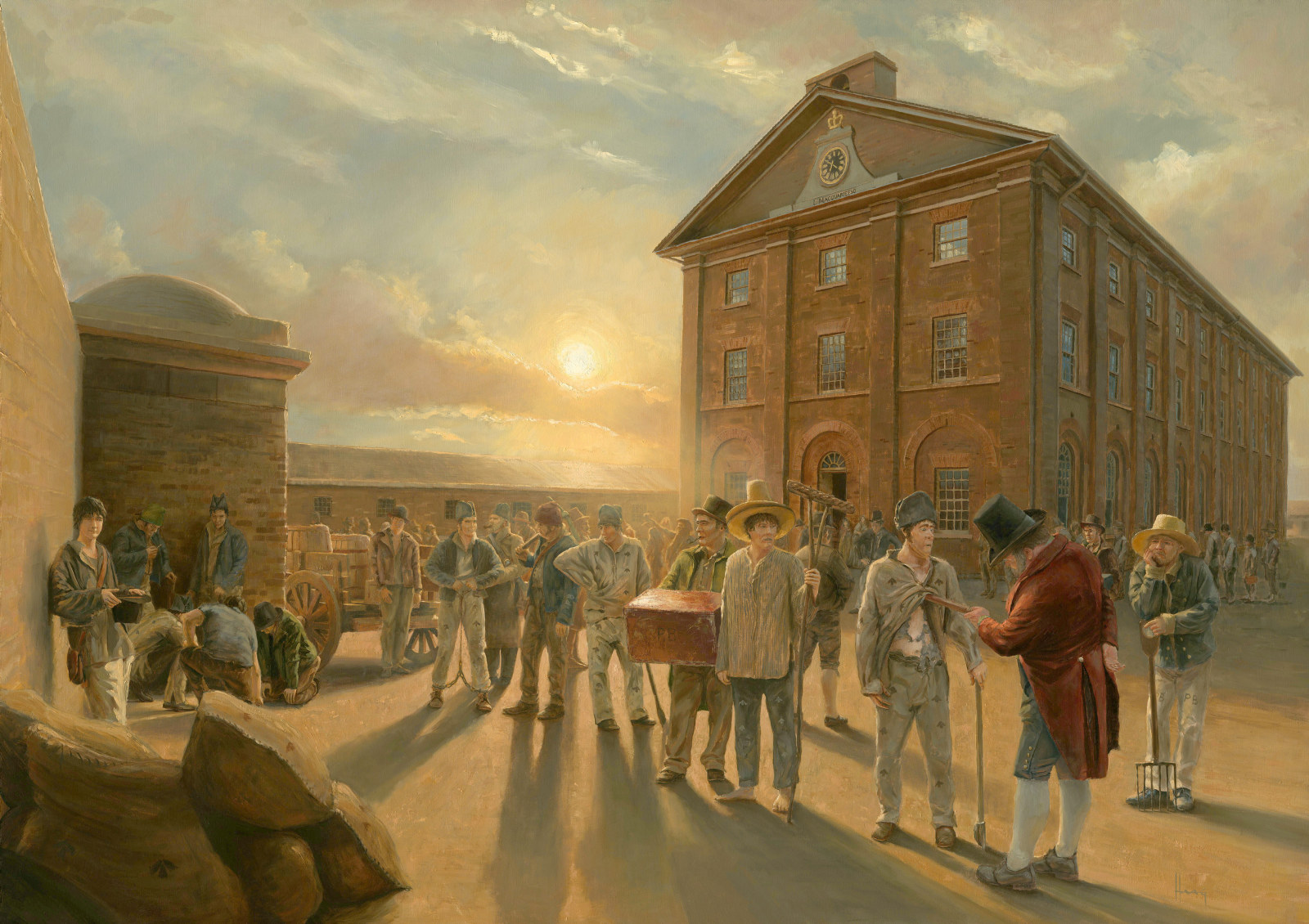
Convict Sydney
Convict Sydney
From a struggling convict encampment to a thriving Pacific seaport, a city takes shape
Published on
Convict Sydney
Browse all
Convict Sydney
Bible and prayer book
The name written inside the covers, with the year 1837, tells us these books once belonged to an English brass founder named Thomas Bagnall
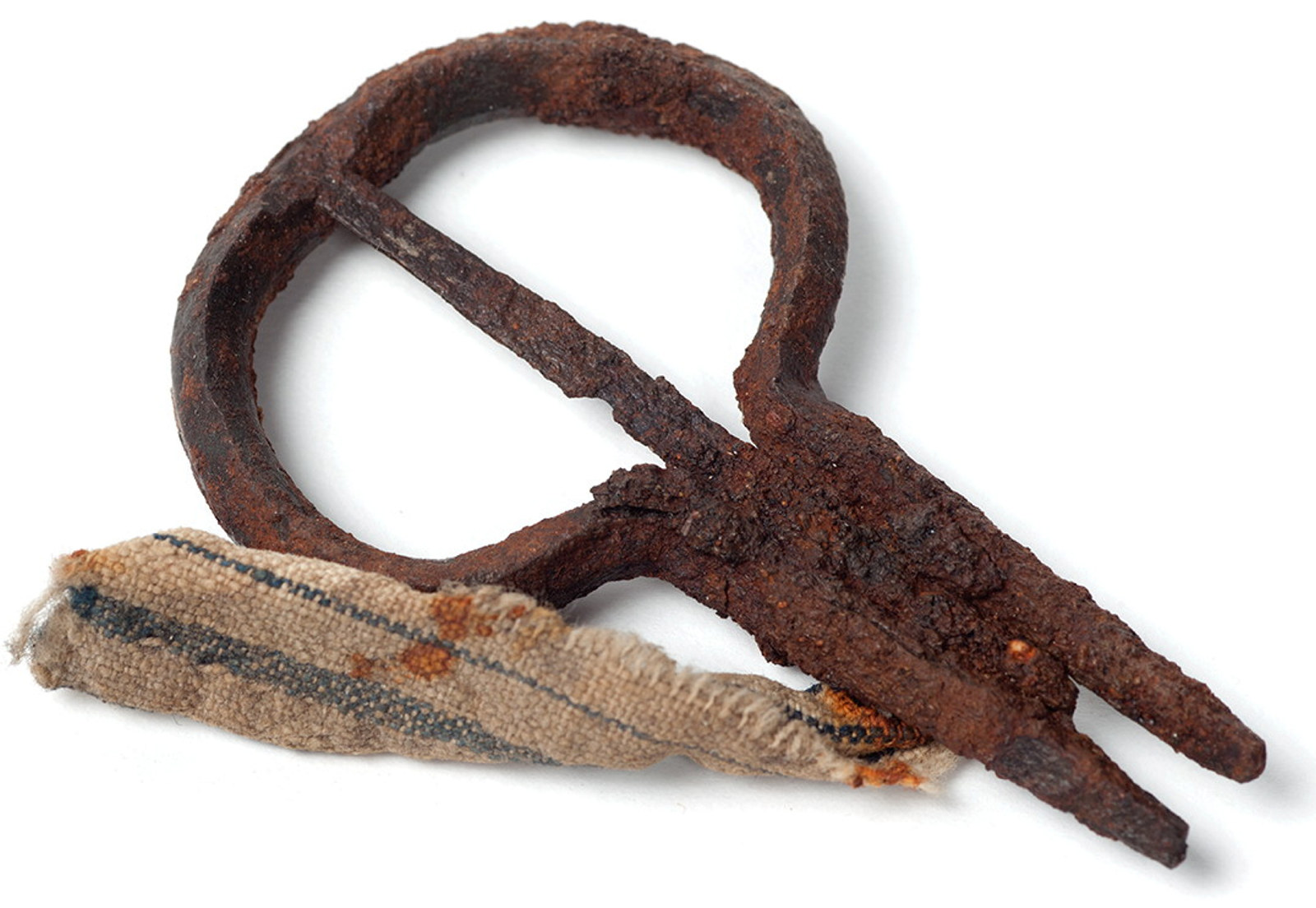
Convict Sydney
Jaw harp
This iron jaw harp was found by archaeologists at Hyde Park Barracks alongside other convict-era objects
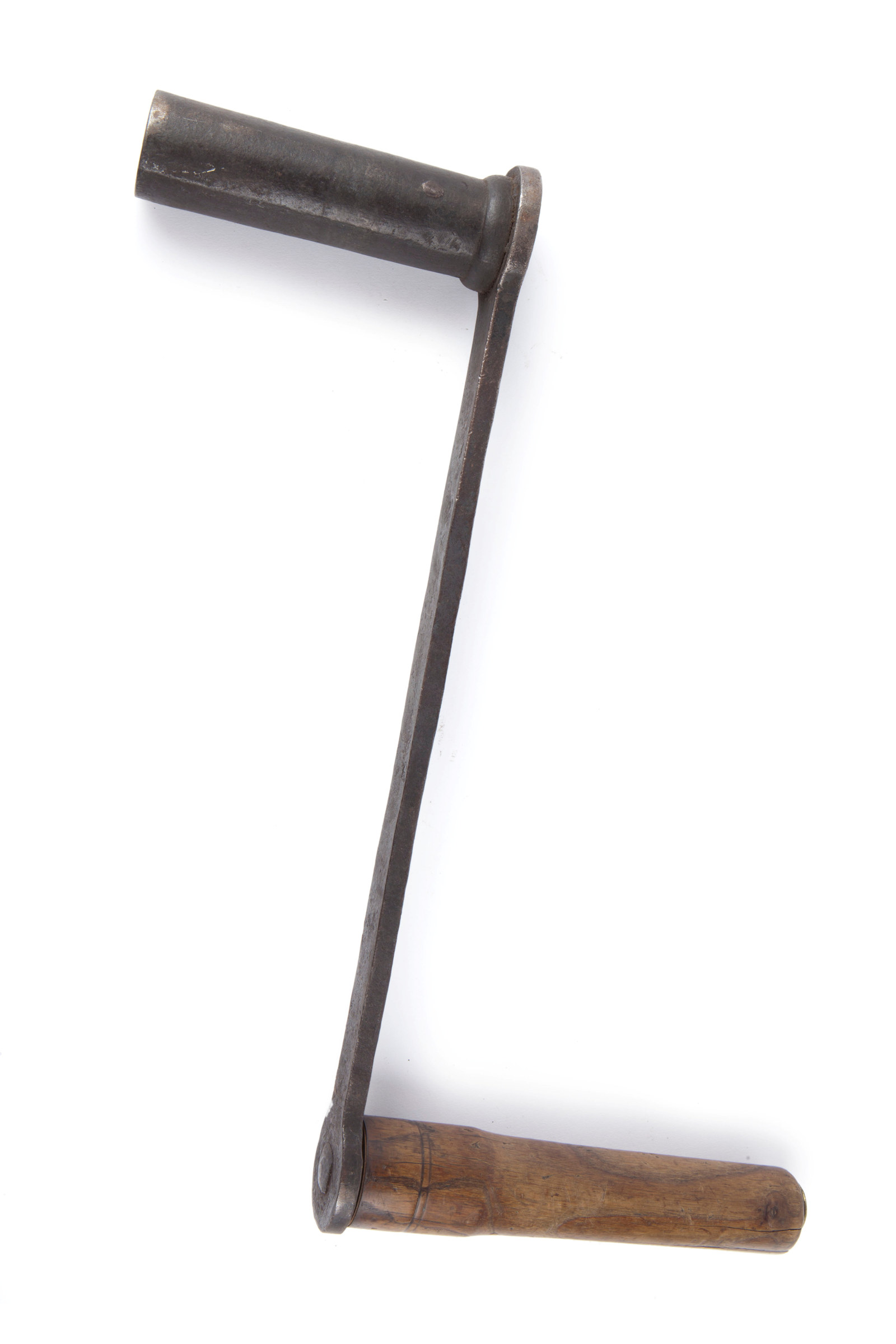
Convict Sydney
Clock-winding crank
This sturdy crank was used for many years to wind the Hyde Park Barracks clock
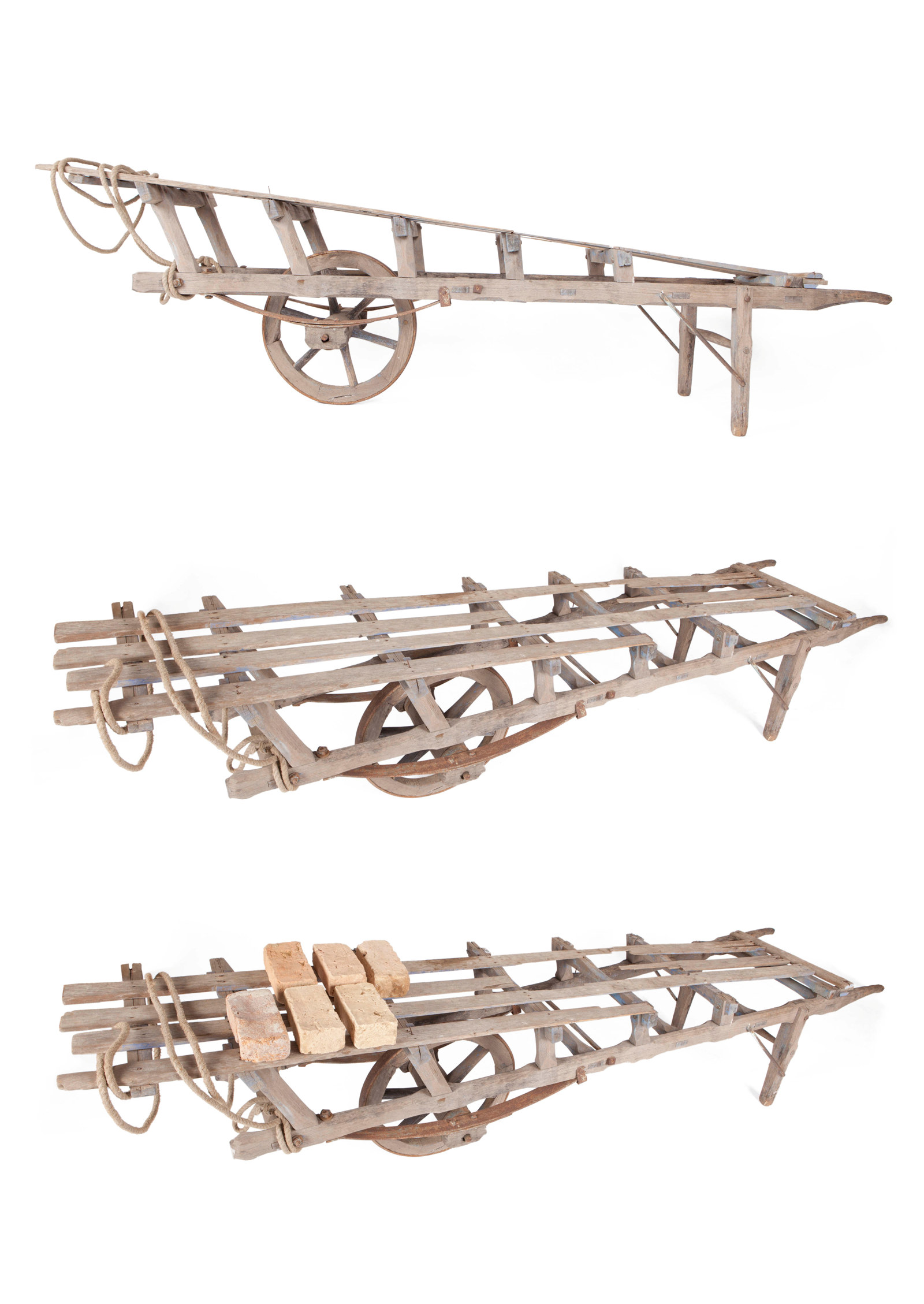
Convict Sydney
Hack barrow
Convict brickmakers working at the Brickfields (now Haymarket) used hack barrows like this one, stacking 20 or 30 wet bricks on the timber palings along the top, for transporting them from the moulding table to the ‘hack’ yard for drying
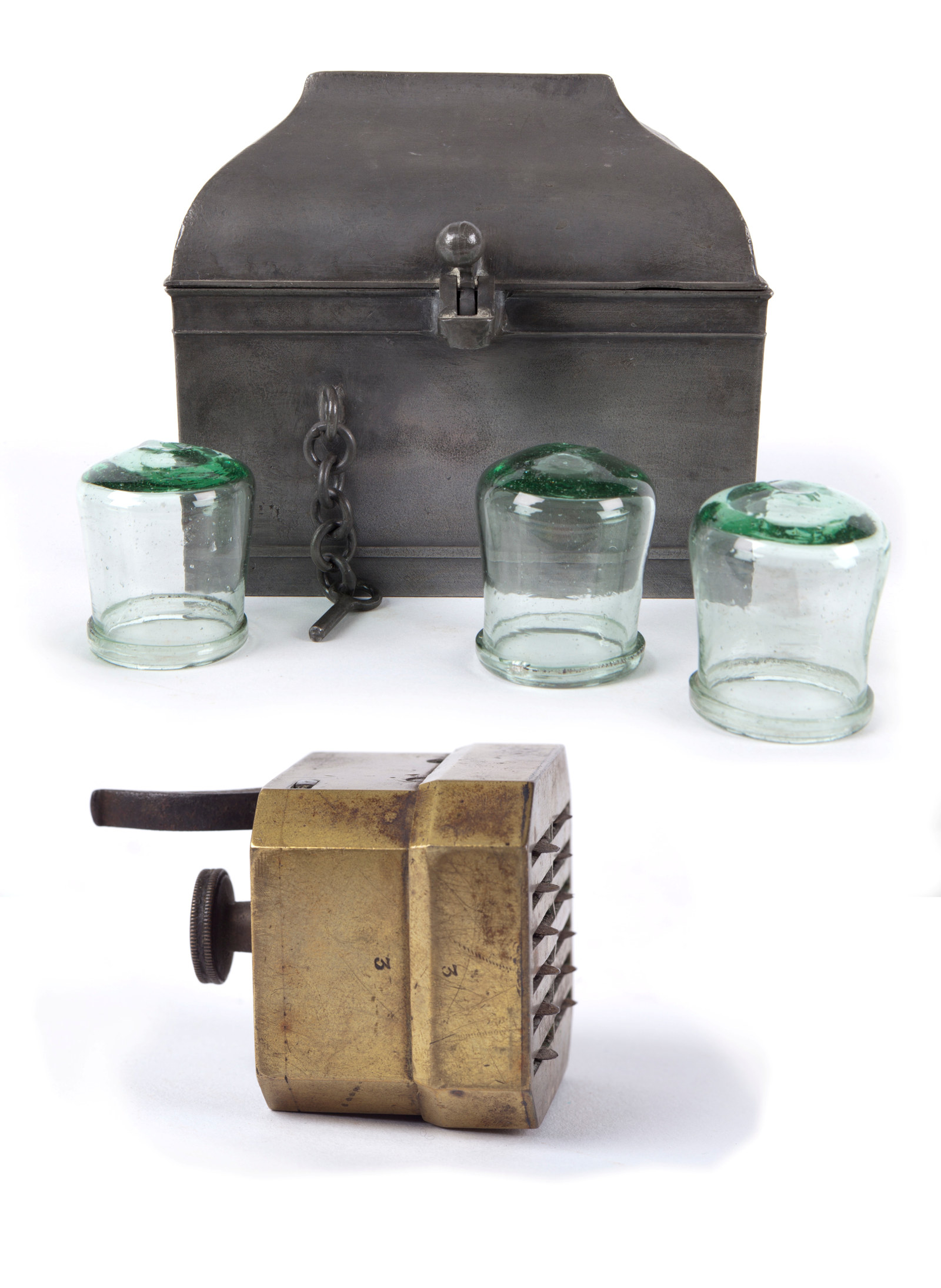
Convict Sydney
Cupping glasses and scarificator
These cupping glasses are of the type that was used in the treatment of convict patients at the General ‘Rum’ Hospital
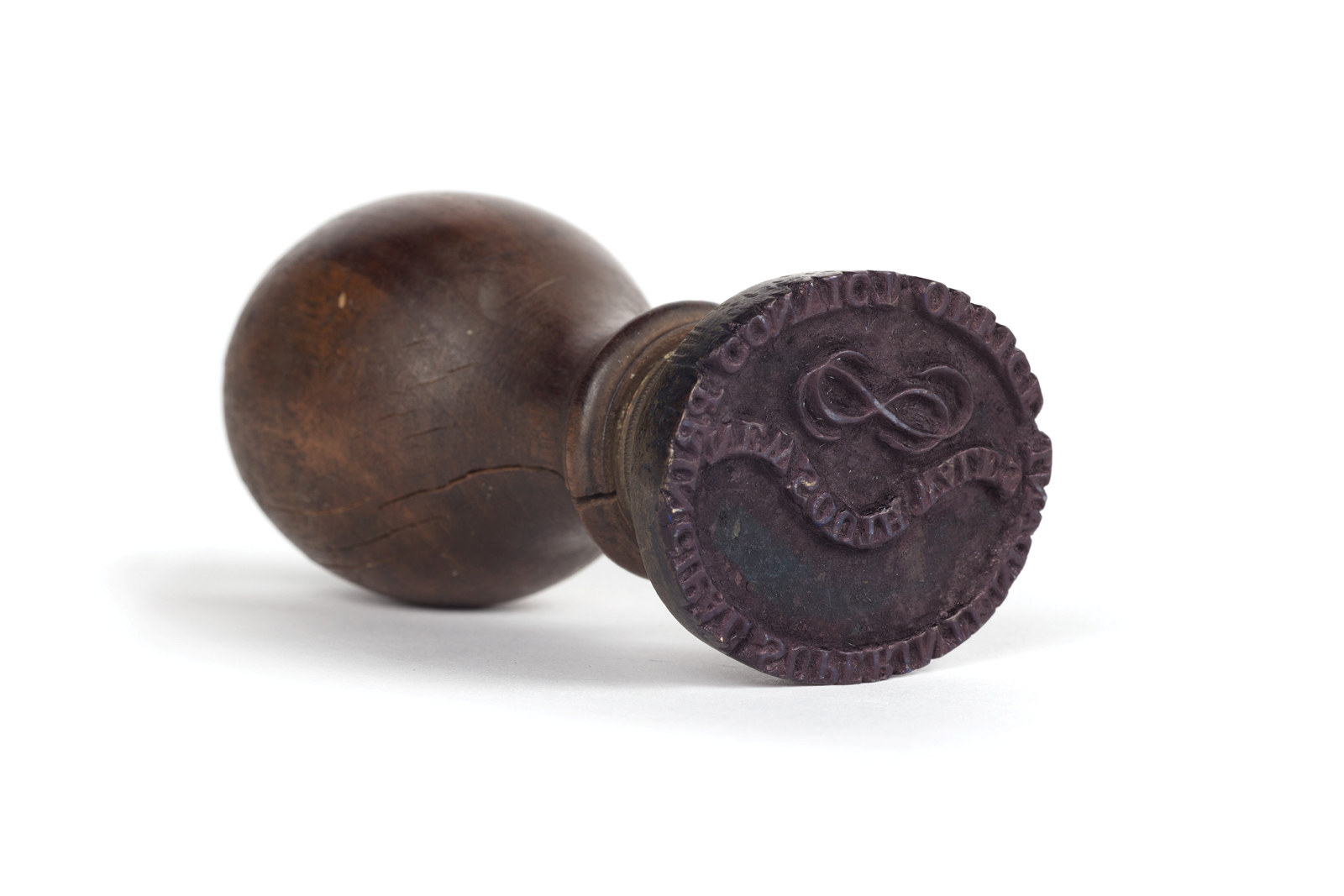
Convict Sydney
Brass stamp
Between 1830 and 1848, the superintendent’s office operated from the Hyde Park Barracks, where this stamp was most likely used on official documents and ledgers
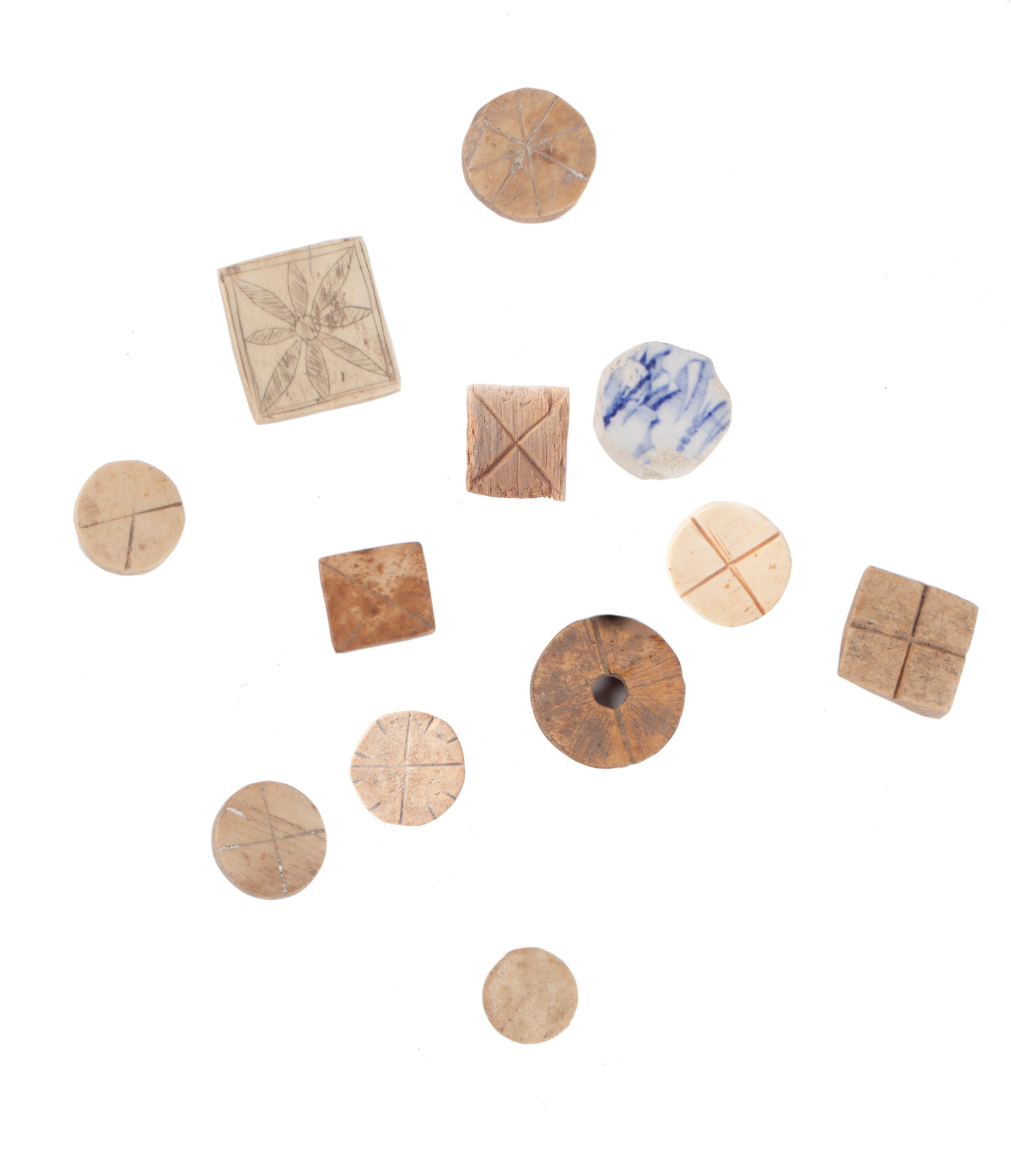
Convict Sydney
Convict gaming tokens
These bone, ceramic and wooden gaming tokens appear to have been hand-carved by convicts from rubbish scraps and animal bones saved from their meals
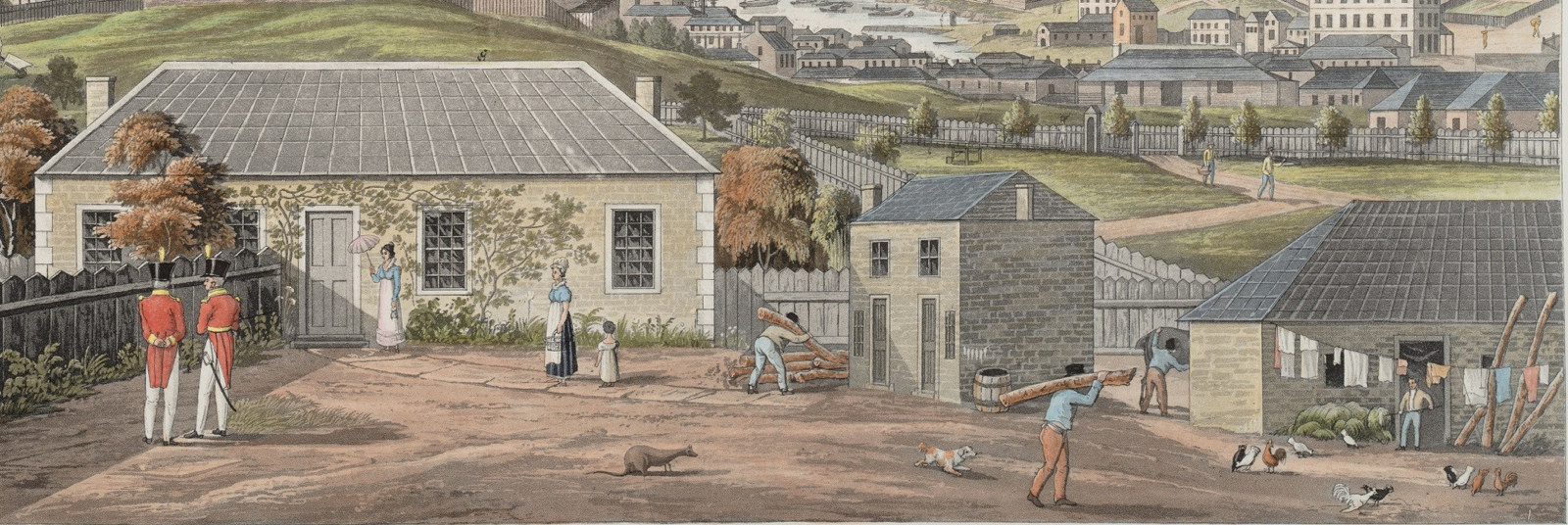
Convict Sydney
What was convict assignment?
‘Assignment’ meant that a convict worked for a private landowner
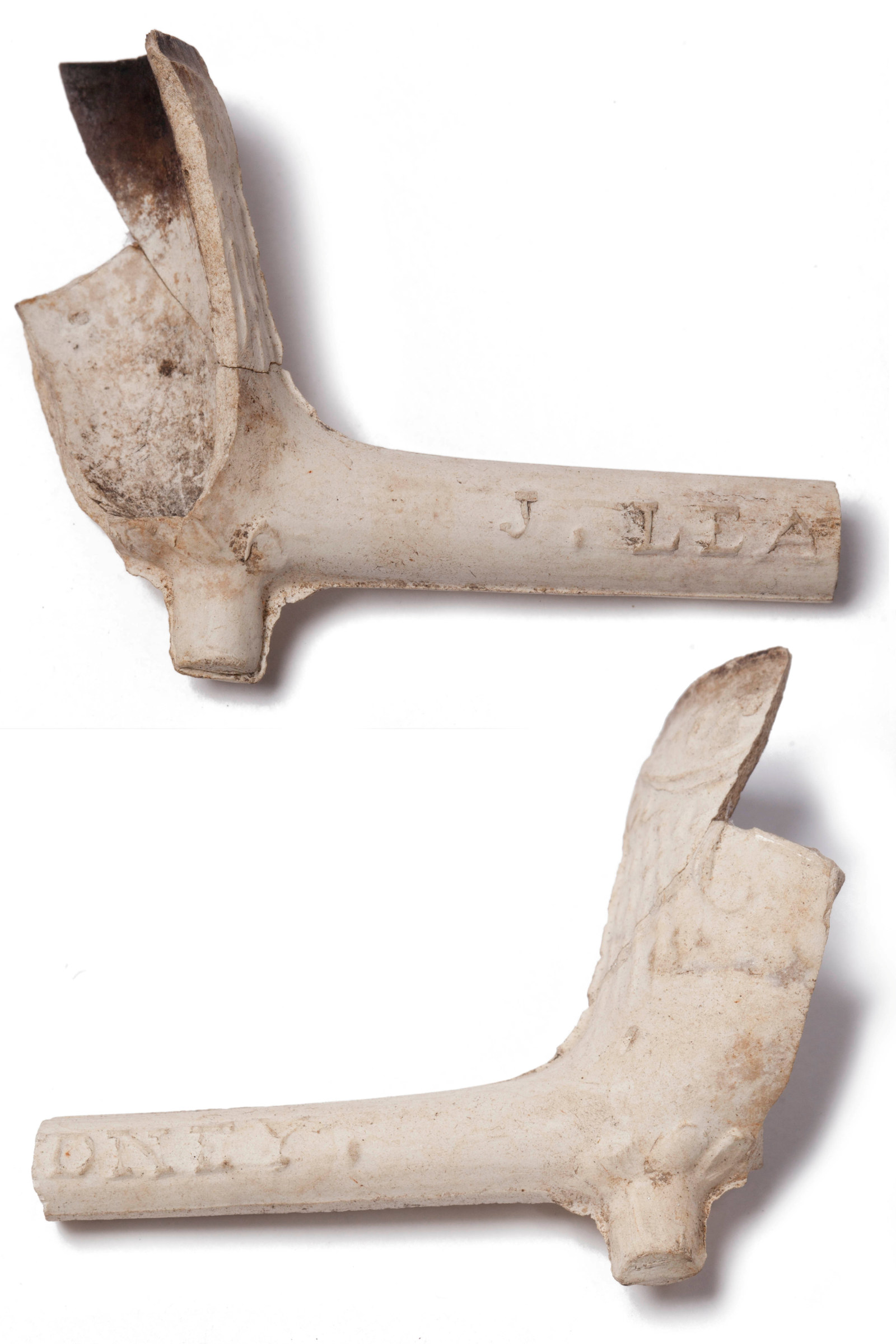
Convict Sydney
Clay tobacco pipe
1,500 fragments of convict-era clay tobacco pipes were recovered by archaeologists from the Hyde Park Barracks

Convict Sydney
Clay tobacco pipes, repaired
Known as steamers to the convicts, these tobacco pipes have been repaired with resin and twine where their fragile stems broke